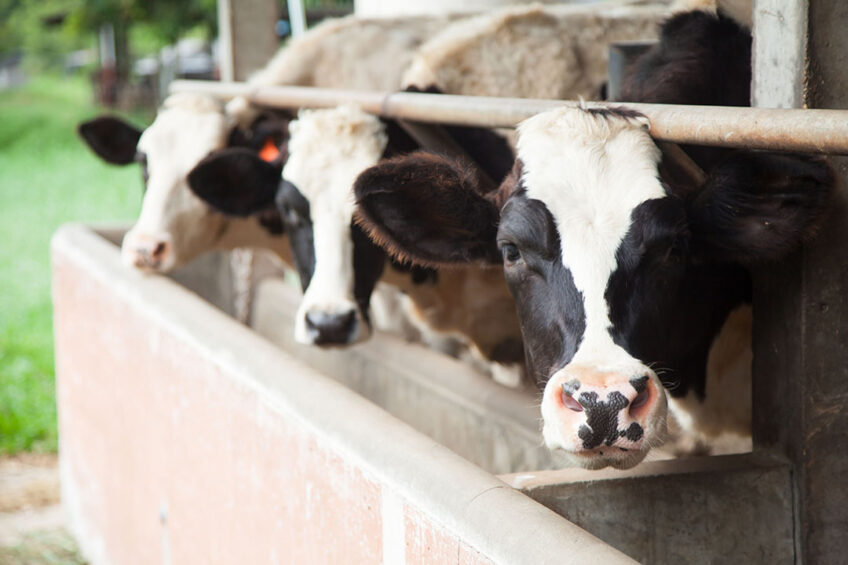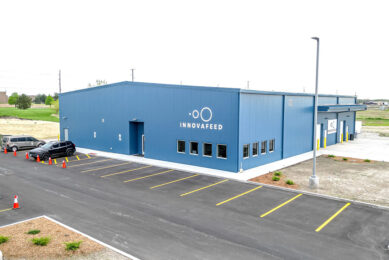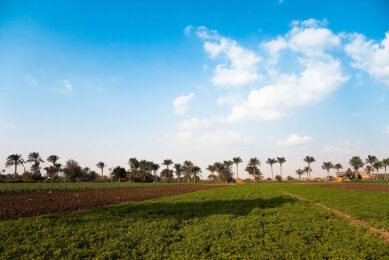Animal feed production in demand trough

Rising feed and input costs, allied with the cost-of-living crisis, have led to a slump in demand for animal feed in Great Britain.
Animal feed production was 6% lower for the 6 months ending January compared with the previous year with all sectors showing reductions, with monogastric sectors hardest hit.
Pigs: Drop in breeding herd
Figures released by the Agriculture and Horticulture Development Board (AHDB) show pig feed production to date is 11% lower than last season and back 3% from the previous 5-year average (2017/18-2021/22). Last year was one of the most challenging years for the pork sector, with negative margins leading to a significant drop in the breeding herd.
The backlog of pigs to slaughter has finally cleared and the AHDB Agri-Market Outlook forecast for UK clean pig throughput forecasts a decline of 11% from January to March followed by a 15% fall April to June. As a result, there will be a reduced overall pig feed demand for the rest of the season. Sow numbers however are expected to rise by 7,000 head between June 2022 and June 2023.
Poultry: The avian influenza challenge
Megan Hesketh, AHDB arable senior analyst, said total poultry feed production season to data is back 7% from last season and back 8% from the previous 5-year average. High feed costs are again to blame but the sector continues to struggle with avian influenza, contributing to a challenging environment for the sector this season.
Ruminant: Reduction in protein concentrates
Turning to ruminants, Hesketh said cattle feed production was 1% lower than last year and 5% back on the 5-year average: “The reason for this reduction on the season is the reduced production of calf feed, protein concentrates and other concentrates/blends.”
Sheep: Another season of subdued sheep feed demand
Despite a strong start this season from lamb finishing, as the feed production swapped to breeding ewes, there has been a dip in demand. In the season to date, total sheep feed production is down 2% on the year. However, there may be an increase in production this year – perhaps as high as 8% – which is being driven forward by a higher carry over and a broadly stable lamb crop.
However, with costs high, it may be that forage and grass is maximised with potentially less creep feeding, resulting in another season of subdued sheep feed demand.
Dairy & Beef: Bucking the trend
The 2 sectors slightly bucking the trend are the dairy and beef sectors. Dairy compounds and blends are up marginally on the season in data to January and marginal growth (+0.3%) is anticipated this year. Beef production is expected to be slightly higher (+0.6%) due to higher cattle availability but despite some areas of GB seeing poor forage quality due to last summer’s dry weather, farmers may decide to maximise forage where possible due to the ongoing high feed costs.
Cereal decline
Unsurprisingly, the reduction in GB animal feed is having a knock-on effect for the cereals sector. For the season to date (July to January), total cereal usage for compounders (wheat, barley, oats, maize) was back 9% with maize the only cereal seeing an increase with the ration from last season.
Total wheat usage for GB animal feed (including IPU) is back 5% from last season. With domestic wheat availability strong this season, wheat is expected to remain prominent within the ration at 6.515Mt, up 8%.
Overall, total reductions seen in animal feed demand and total cereal usage, is forecast to continue for the remainder of the season, particularly for pigs and poultry. Total cereals animal feed is predicted to be 3% lower compared to last season.











